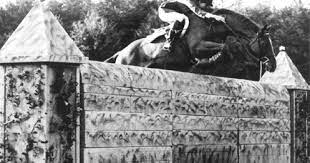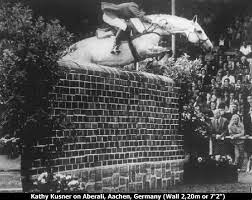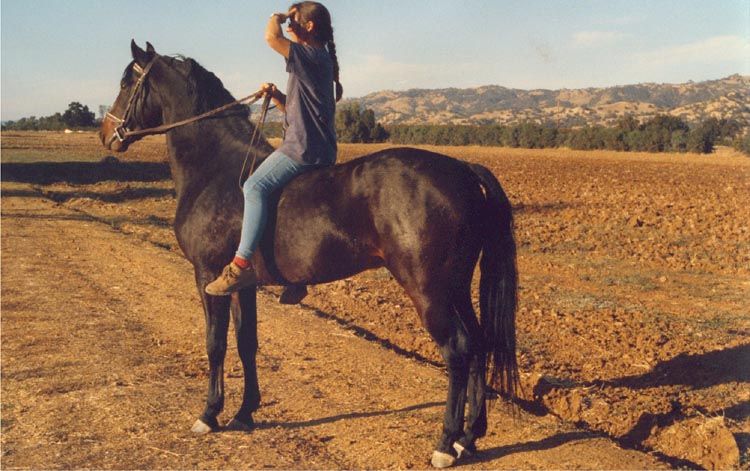Many years ago , the wording for the free walk, was Free Walk on loose rein or Free walk on long rein.
We had a lot of spirited debate on just what that meant, and we didn’t have any sufficiently educated enough to tell us
"Complete freedom " to me is not much better considering how technical and detailed dressage is .
Lenghtenibg the reins as you ride along the diagonal is an invitation for the horse to follow and allows the horse to lower the nose and neck down. It demonstrates that the horse is seeking the contact from a steady and consistent hand.
You do see a lot of riders push the hand forward
or dropping the hand below the withers, and or opening the fingers, none of which is correct.
This is because they haven’t received the correct instruction on both how to do it and why .
There are some very good videos on YouTube on the correct way to do the stretchy walk.
At higher levels the test requires the rider to perform a stretchy trot, I believe on a circle or a half circle.
This is to demonstrate both that the horse is submissive and that rider is using leg and seat aids and not just the reins .
Again, the point is that the rider is not loosening the reins to the point where they “throw away” the contact. The reins are lengthened so that horse can lower the nose and neck down and forward.
I hope this helps.
I also hope you have fun at your show.






 she just got distracted and looked up at the horses in the other ring in the free walk. It was a big atmosphere for her first event. I should have kept her a bit more connected.
she just got distracted and looked up at the horses in the other ring in the free walk. It was a big atmosphere for her first event. I should have kept her a bit more connected.